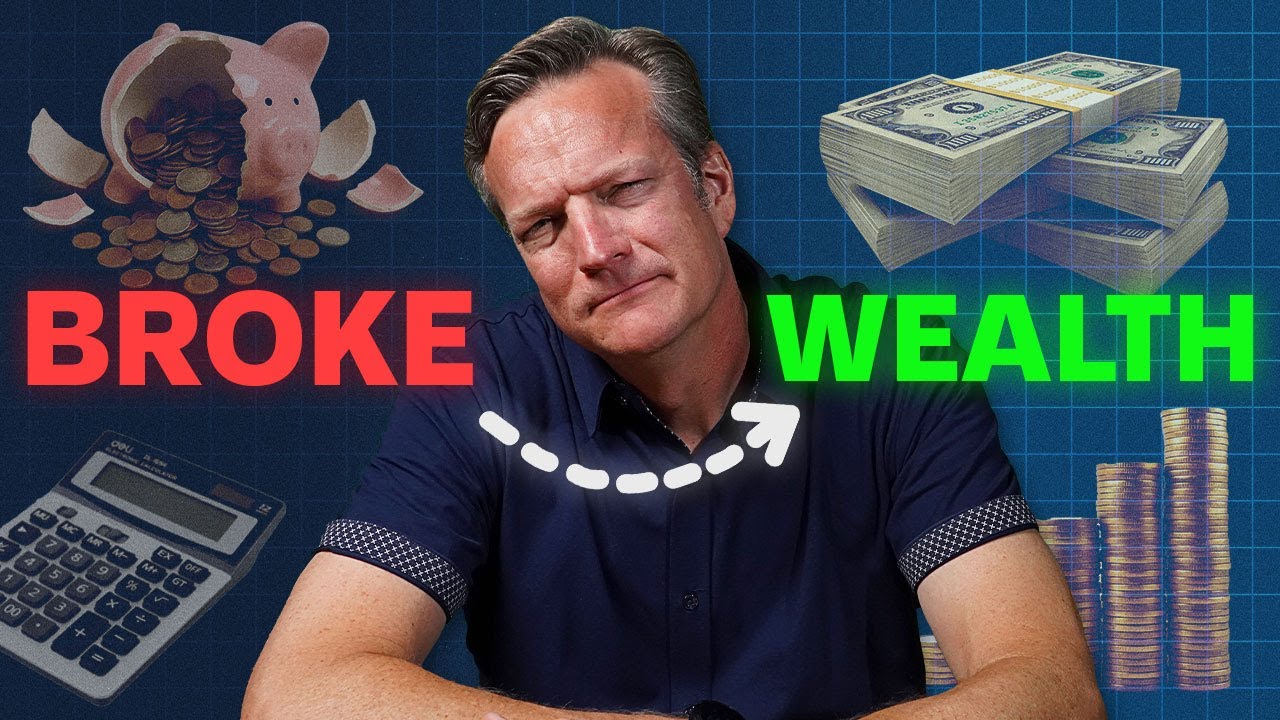
When you’re young, it may seem like you have your entire life ahead of you to accomplish any financial goals you may have. After all, your student loans are on a 10 year repayment term, retirement is 30 to 40 years away (that’s longer than you’ve been alive!), and you have plans to live it up now that you’re earning a decent income.
It’s easy to buy into the whole “you only live once” attitude, but is that the right way to approach your financial situation?
It may appear to be the easier way, but it won’t do your future self any favors if you ignore your savings for now. You should absolutely care about your retirement in your 20s.
What Does Retirement Look Like for You?
It might be tough to visualize what you want your retirement to look like. For many people, images of sipping a cocktail on the beach come to mind. Others might want to travel around the world, spend time with family, volunteer, learn new skills, or simply relax and enjoy a hobby or two.
Whatever your retirement looks like, the reality is it’ll cost money. Money that you need to save.
You might think Social Security will pull through and help you out. While no one can predict the future of Social Security, it’s not a good idea to assume you’ll be able to live off of those benefits alone in retirement. Make sure your retirement ends up the way you want it to by taking control of the situation. Make saving a priority.
Retirement Shouldn’t Be a Struggle
Chances are you know someone struggling to afford retirement. Whether that means they’re delaying retirement because they don’t have enough saved, or they had to return to the workforce after retiring because their monthly income wasn’t enough to pay for their expenses, you don’t want to encounter any financial troubles when you retire.
You want to enjoy your golden years after putting in your time at work, right? Why make it harder on yourself?
If you’re familiar with living paycheck to paycheck, or living like a broke college student, just imagine doing it all over again when you’re in your 50s or 60s. That doesn’t sound too appealing, does it? But it’s the unfortunate reality many folks are living because they didn’t prepare appropriately for early retirement.
Take this recent study by the U.S. Government Accountability Office. The first part of their findings is, “Many retirees and workers approaching retirement have limited financial resources. About half of households age 55 and older have no retirement savings (such as in a 401(k) plan or an IRA).”
You don’t have to end up in that situation if you act today.
Why Saving Early is Important
There are so many people who start saving late in the game who won’t be able to live their ideal retirement because they didn’t have enough time to amass the savings needed. With life expectancy on the rise, you’re looking at saving around 30 years’ worth of living expenses
That means if you’re able to live off of $35,000 per year, you’ll need $1,050,000 to retire (that’s not including other things you might need to fund in retirement, like health care expenses). It sounds like a big sum — and it is! But the good news is the sooner you start, the easier it will be.
Before we get into the how, let’s explain with an example highlighting the power of compound interest. The earlier you start to save, the more time your money has to compound year over year.
Let’s say you start with putting $2,500 in your retirement account. Each month, for 30 years, you contribute another $150 to your account. Assuming a conservative interest rate of 6%, you’ll end up with a balance of $156,663.46.
However, that’s not accounting for the fact you’ll likely receive raises as you grow in your career. You’ll be able to contribute more in the future. For example, if you manage to save $30,000, and contribute $300 each month for 20 years at a 6% interest rate, you’ll have $228,642.19.
In contrast, if you have the same $30,000 balance, but only have 10 years to save, contributing $300 at a 6% interest rate gives you $101,176.29. That’s a difference of $127,465.90.
That’s powerful, and it’s proof that waiting can affect how much you’re able to save in a big way.
How You Can Save for Retirement
There are no shortage of ways you can save for retirement.
Employer-Sponsored Plan: This includes plans like 401(k)s, 403(b)s, etc. These plans are offered directly through your employer and are tax-deferred. That means the amount you contribute is deducted from your income. Besides investing for your future, you’re lowering the amount of income you’re taxed on!
Employer-sponsored plans often involve matching contributions, which can help you save even more. Say your employer matches 100% of the first 6% of your gross salary. If you make $45,000 per year, 6% is $2,700. All you have to do is contribute $2,700 to your 401(k), and your employer will do so as well. That’s free money.
IRA: You can choose to open a Roth IRA or a Traditional IRA if your employer doesn’t offer a 401(k). You can still contribute to an IRA if you’re contributing to a 401(k), though. Traditional IRAs offer tax-deferred growth, whereas Roth IRAs offer tax-free growth.
Self-Employed Plans: If you’re an entrepreneur, you have plenty of investment options as well. We go over the most common options in this post.
Don’t Base Your Plans on Things That Aren’t Guaranteed
The worst thing you can do is put off saving for retirement because you think something else will come to the rescue. Whether that’s Social Security, a pension, an inheritance, or your family helping you out, circumstances and policies can always change.
It’s safer to save for retirement the “hard way” by being responsible. If something else does come through, think of it as icing on the cake. By saving on your own, you can be confident in your ability to retire. That’s priceless.














